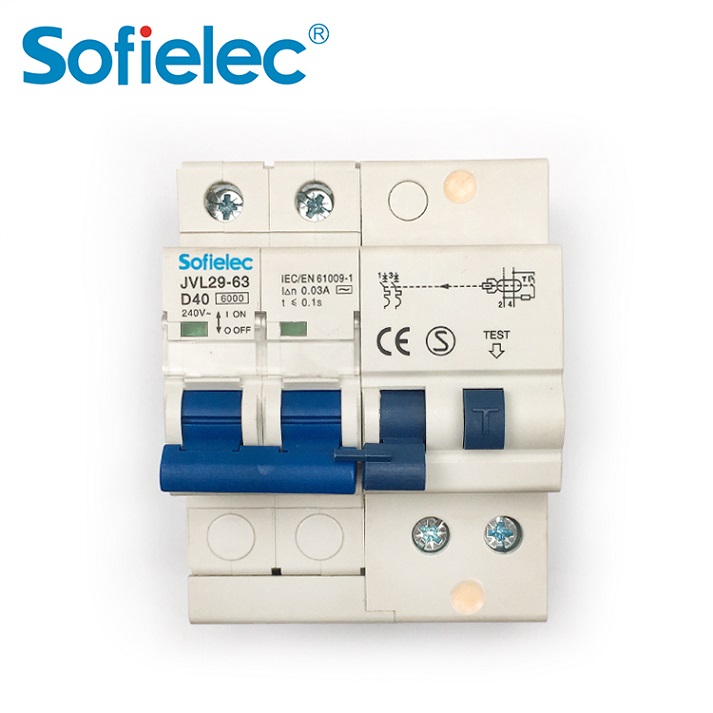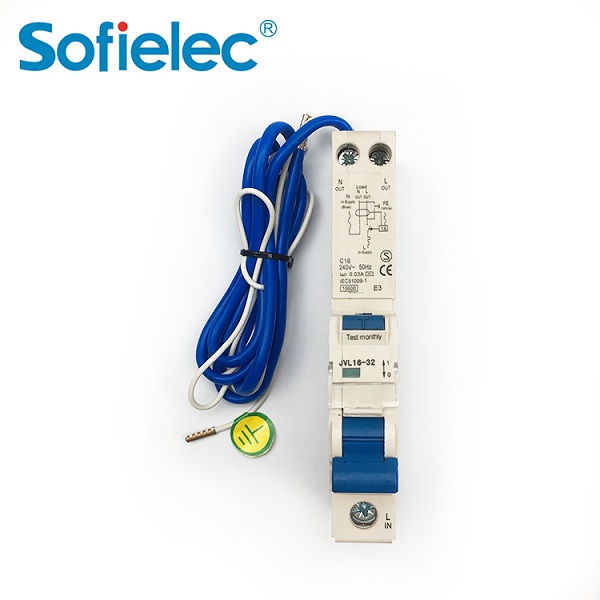How the circuit breaker works
Circuit breakers may be rarely seen for everyone, because circuit breakers are used in some special places, but they are always by our side and play a safe role in our lives. There are also many types of circuit breakers on the market with many specifications. Do you know and understand the working principle of the circuit breaker? Today we will explain to you the basic knowledge of molded case circuit breakers.

The molded case circuit breaker can automatically cut off the current after the current exceeds the trip setting. Plastic case is the use of plastic insulators as the outer shell of the device, which is used to isolate the conductors and the grounded metal parts. Generally, molded case circuit breakers contain thermal and magnetic trip units, while large-scale molded case circuit breakers are equipped with solid state trip sensors. The trip unit is also divided into thermal magnetic trip and electronic trip. Working principle The main contact of the low-voltage circuit breaker is manually operated or electrically closed. After the main contact is closed, the free trip mechanism locks the main contact in the closing position. The coil of the overcurrent release and the thermal element of the thermal release are connected in series with the main circuit, and the coil of the undervoltage release is connected in parallel with the power supply. When the circuit is short-circuited or severely overloaded, the armature of the overcurrent release pulls in, causing the free tripping mechanism to operate, and the main contact disconnects the main circuit. When the circuit is overloaded, the thermal element of the thermal trip unit generates heat to bend the bimetallic strip, pushing the free trip mechanism to act, and the main contact disconnects the main circuit. When the circuit is under-voltage, the armature of the under-voltage release is released, which also causes the free trip mechanism to act, and the main contact disconnects the main circuit. When the shunt trip button is pressed, the armature of the shunt trip unit pulls in, causing the free trip mechanism to act, and the main contact disconnects the main circuit. The upper limit of ambient air temperature under working conditions is +40℃, and the lower limit is -5℃. And the average value of 24 hours cannot exceed +35℃. The altitude of the installation site shall not exceed 2000m. The pollution level is level 3.

Precautions On circuit equipment, there are usually signs of power supply and load. In the actual wiring process, you need to follow the signs above and do not connect the two in reverse. The control switch or protection line must not pass through the current transformer. When the three-phase five-wire system or the single-phase three-wire system is adopted, the protection line must be connected to the protection trunk line at the inlet end of the leakage circuit breaker. In the case of single-phase lighting circuits, three-phase four-wire distribution lines, and other lines or equipment that use a working neutral line, the neutral line must pass through a current transformer. In the system where the neutral point of the transformer is directly grounded, once the leakage circuit breaker is installed, the working neutral line can only be used as the working neutral line after passing through the current transformer. It cannot be grounded repeatedly, nor can it work with other lines. The neutral line is connected. The electrical equipment can only be connected to the load side of the leakage circuit breaker, and one end is not allowed to be connected to the load side and the other end to the power supply side. The above is a brief description of the molded case circuit breaker. I hope that you can learn more about the information about the modified product, so that you can choose more circuit breakers when you buy.




